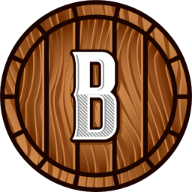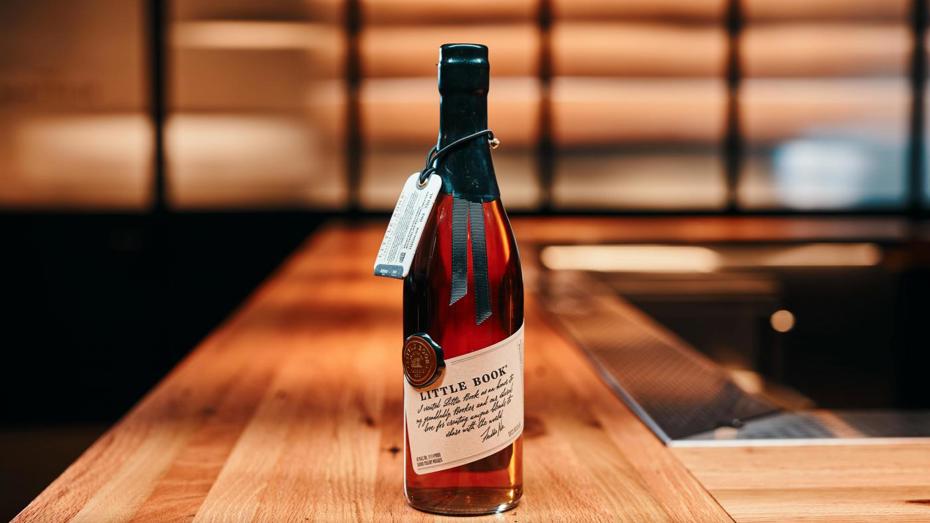Bourbon has seen a surge in popularity, evolving from a southern staple to a globally recognized and appreciated whiskey. Amidst this bourbon renaissance, a particular art form has gained prominence: bourbon blending. This intricate process, a blend of science and art, involves combining different bourbon whiskeys to create a harmonious and complex final product. Bourbons.com delves into the art of bourbon blending, exploring the techniques and the masters behind this craft.
The Essence of Bourbon Blending
Bourbon blending is more than merely mixing different bourbons. It's a meticulous process that requires a keen sense of taste and an understanding of how different flavor profiles work together. Blenders aim to achieve balance, consistency, and complexity, often blending bourbons of various ages, mash bills, and distillation methods. The goal is to enhance desirable characteristics while minimizing less favorable ones.
The Role of the Master Blender
The master blender is the artist behind the bourbon blend. This role requires an exceptional palate, deep knowledge of bourbon production, and a good nose for identifying complementary flavors. Master blenders spend years honing their skills, often passing down their knowledge through generations. They are responsible for ensuring that each batch of bourbon maintains the brand's signature flavor profile while also experimenting to create new, innovative blends.
Techniques in Bourbon Blending
- Mash Bill Variations: Blenders often mix bourbons with different mash bills (grain recipes) to add complexity. A high-rye bourbon might be blended with a wheated bourbon to balance spiciness with sweetness.
- Age Blending: Mixing bourbons of different ages can create depth. Older bourbons bring oak and maturity, while younger ones contribute vibrancy and grain-forward flavors.
- Proof Adjustments: Blenders can alter the proof (alcohol content) during blending to achieve the desired intensity and mouthfeel.
- Flavor Profiling: Blending for specific flavor profiles involves understanding the nuanced flavors of each bourbon and predicting how they will interact.
The Science Behind the Art
Bourbon blending also involves a scientific approach. Blenders must understand how chemical reactions between different bourbons affect the final product. Factors like pH levels, ester formation, and alcohol concentration play a significant role in the blending process. Master blenders often work closely with distillery chemists to ensure consistency and quality.
Famous Bourbon Blenders and Their Creations
The bourbon industry is filled with legendary blenders who have created some of the most revered bourbon blends. For instance, Freddie Noe, the eighth-generation Beam family member, has been celebrated for his innovative blending techniques, creating unique limited releases under the Booker's and Little Book labels. Another notable name is Marianne Eaves, Kentucky's first female master distiller since Prohibition, known for her exceptional blending skills and creative approach.
Blending as a Form of Innovation
In recent years, bourbon blending has become a tool for innovation. As the bourbon market grows, blenders are experimenting more, creating new flavor profiles that challenge traditional bourbon conventions. This experimentation has led to the emergence of new styles and subcategories within the bourbon industry.
The Consumer's Role
The rise in bourbon blending has also empowered consumers to explore and appreciate the complexity of bourbon. Tasting events and bourbon clubs often feature blended bourbons, allowing enthusiasts to learn about the blending process and develop a deeper appreciation for the craft.
Conclusion
The art of bourbon blending is a testament to the bourbon industry's rich heritage and its capacity for innovation. As this practice continues to evolve, it invites both blenders and consumers to explore the boundless possibilities within the world of bourbon. Whether you're a seasoned bourbon aficionado or new to the scene, the world of bourbon blending offers a fascinating journey of discovery, one that you can further explore with resources and insights from Bourbons.com.

